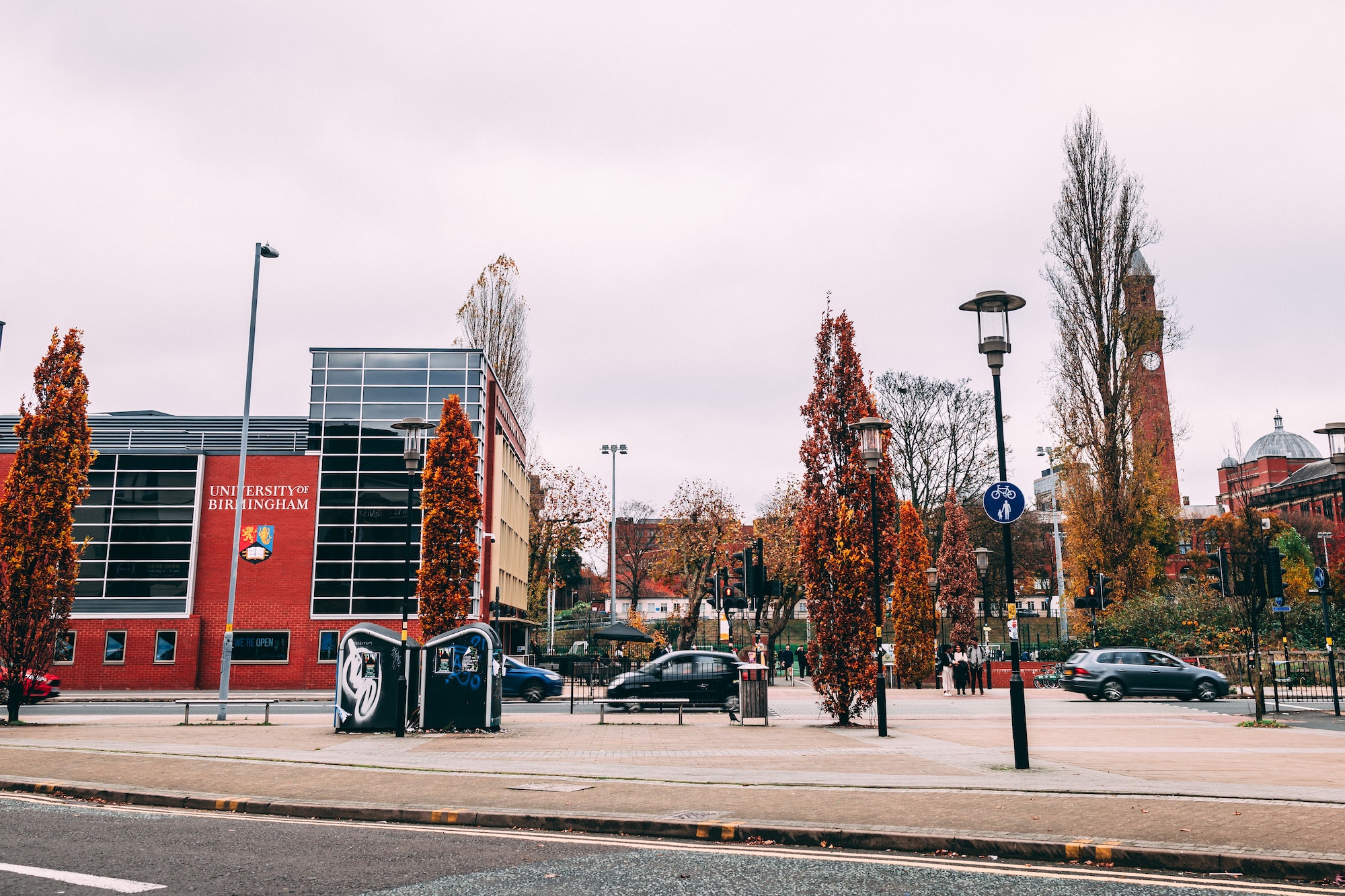
Music Editor Dylan Lucas is astounded by the visuals of Richard Stanley’s Color Out of Space, but finds the tone of the Lovecraft adaptation rather muddled
When H.P. Lovecraft originally penned The Colour Out of Space in 1927, he never could have predicted that a big-budget film adaption would have taken place. Now that it’s out, he definitely could not have imagined how it would turn out. Being Richard Stanley’s first feature-length director’s role since 1996’s The Island of Doctor Monroe, there is quite a lot riding on Color Out of Space to be a big comeback, especially given that it’s also slated to be the first in a new Lovecraft cinematic trilogy, with the Dunwich Horror allegedly next in line. For the most part, Color Out of Space does succeed on this front, even if it is a little messy structurally.
Many of the film’s creepiest moments are its subtle ones
Stanley’s rendition is far more visceral than its source material, featuring much louder performances, especially from star Nicolas Cage. There’s a notable penchant for violence too, with enough shotgun gore to qualify for a Spaghetti Western in the vein of Quentin Tarantino. While this is fun, it does take something away from the film’s horror aspect. Many of the film’s creepiest moments are its subtle ones, most notably the progression of water throughout the film, which is repeatedly filmed as the tension increases, with slight alterations that feel uneasy. With this kind of tension, the sudden peaks of violence do come across as somewhat jarring as well as pretty silly, even laughable at points.

The same can be said of Cage’s performance, which is brilliant for Cage but not quite as scary as he may have hoped. Much of his deranged rants actually caused the cinema audience to erupt in laughter as he completely contrasted the tone of both the scenes he performed in as well as the range of the rest of the cast. Watching the film, one would assume that Cage’s character was mad before any of the film’s supernatural elements came to fruition. In spite of this, he’s entertaining and easily the film’s most memorable character; Nathan Gardner feels almost slapstick at times. Most notably in a scene, in which Cage sits in a car, screaming and punching its roof for a period so elongated it transitions from emotional to hysterical. While it costs the film its drama, you won’t forget about Nathan either.
A strong bond between excellent cinematography and flares of CGI make for a beautiful looking film, which truly lives up to its focus
Another of the film’s lighter touches would be its alpacas, a stronger presence across the run time than one would expect. Much of the film is the Gardner family shouting at each other about the alpacas, which seemingly goes nowhere, other than a climax which is either an ode to John Carpenter’s The Thing, or a rip off from it. Not to mention that watching Cage milk an alpaca while struggling to say the word ‘boob’ is one of the film’s most enjoyable scenes. One thing Color Out of Space excels at is its visuals. A strong bond between excellent cinematography and flares of CGI make for a beautiful looking film, which truly lives up to its focus. The farm’s progression into a wonderland of gorgeous pinks and purples make for a spectacle which are easily the film’s greatest aspect. The use of natural florals and subtle nods to Lovecraft’s description of the farm are appreciated too (keep an eye on the trees in the opening sequence). As for the eponymous colour itself, while visually stunning, its presence throughout the film is not fully elaborated upon. While not understanding the motives of a film’s antagonist can be scarier than having them laid bare through jarring exposition; the ‘colour’ in this film appears to be so without logic that it also lacks any kind of feeling of threat. The film’s deaths are varied but none of them make sense, most being off screen and secluded in light. This may match the ‘unknowable horror’ which works so well on the page of the source material but on screen the variation simply feels like a lack of cohesion. Especially when Stanley incorporates elements of the occult, which would fit for nearly any other adaption but here feel forced and merely included for an extra bit of blood for blood’s sake.
While it is somewhat of a mess, the film is enjoyable. It’s more of a fun romp than anything else and its moments of genuine horror do hit well and feel scary. The film does seem to embrace this too by including a myriad of references to its original author. Namedropping classic Lovecraftian locations such as Dunwich and Innsmouth likely set up the future cinematic instalments and one scene of a character reading Algernon Blackwood’s The Willows, famously H.P. Lovecraft’s favourite piece of literature feels like a fun nod to fans of the text.
Verdict:
Color Out of Space lacks the subtlety which made its source material so immersive and lacks the scares which make an essential horror classic, but what it delivers in spades is the kind of campy Gothic one can enjoy with friends. The film is bizarre and suffers from both pacing and thematic issues but does feature sublime visuals and an excellent score from Colin Stetson. Unless you’re a complete Lovecraft fanatic it’s unlikely to be your film of the year, but it would easily make an enjoyable Friday night horrorshow.
6/10
Color Out of Space is in select cinemas now, and is available on DVD and Blu-ray from April 20th.
Images courtesy of StudioCanal. All rights reserved.
Want some more unsettling horror in your life? Check out these other reviews on Redbrick Film:

Comments